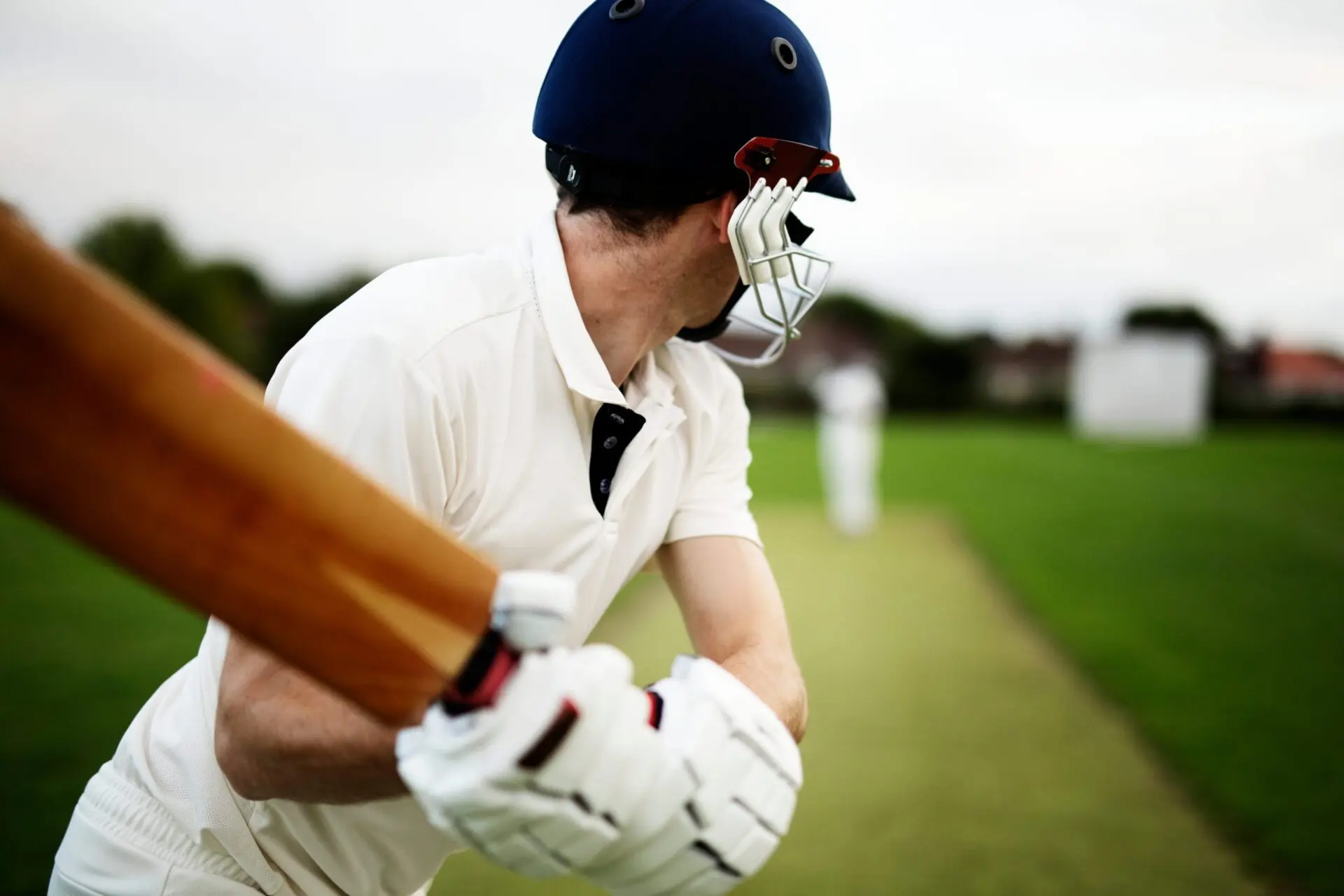
To a true cricket aficionado, there is no greater enjoyment than playing on a true and perfect turf wicket. But to become a true cricket aficionado, you need to be developing young cricket players on synthetic turf wickets.
Natural turf is fine at a test match level but, unfortunately, it is difficult to get good pitches, and to find the groundsmen with the experience and skills to maintain them.
It is argued that traditional turf pitches provide the inconsistencies and variables that make the game of cricket appealing and interesting. But poor turf wickets impede a batsmen’s ability to consistently get behind the ball, and when bowling, often the condition of the wicket delivers the results rather than the skills of the bowlers.
These characteristics are not helpful for grassroots and lower levels of the game where developing skills and talent is critical. No matter how much talent a youngster has, if s/he cannot develop the high technical skills or the confidence it takes to play at a national and international level then the future of the game is compromised.
The solution is artificial cricket-wickets.
The technology of synthetic pitches has advanced considerably over the past few decades. Synthetic turf pitches are designed to play like grass wickets but only require a fraction of the routine maintenance of their natural counterparts. Surfaces of all kinds can be produced where different nets and wickets can provide different spin, speed and bounce characteristics.
How do Synthetic Cricket Wickets and Batting Cages assist with Skills Development?
In any case, Synthetic turf cricket pitches can sustain significantly more use than natural grass pitches which must be “rested” to allow regeneration of the grass. A natural grass pitch begins to deteriorate after about 250 hours play per season, while synthetic turf can be played on 24 hours a day 7 days a week – dependent on good regular maintenance.
The general argument against synthetic surfaces
The general argument against synthetic surfaces is that they do not provide the variety of play that makes the game exciting and would take away some of the skills from the game. This criticism was leveled when tennis faced the same synthetic/natural grass dilemma. Subsequently, it has been shown that a consistent synthetic surface does in fact dramatically improve the standard of tennis.
The general argument for synthetic surfaces
It would, therefore, follow that all cricket at junior levels and grassroots, and even upper levels of the game, would benefit from playing on artificial pitches. Young cricketers playing on a reliable pitch, with good pace and even bounce, will develop confidence and good bowling and batting habits. This has been proven in hockey where all games from junior levels to the Olympic Games are played on artificial grass.
And as synthetic turf becomes more mainstream in other sports such as Football, Australian Rules, Futsal and Rugby, the application of synthetic turf cricket in outfields is emerging.
TigerTurf is New Zealand’s oldest and largest supplier and installer of synthetic grass cricket wickets and cricket nets. For more information contact us.
I’m interested! What do I do next?
Call TigerTurf on 0800 804 134 or email us on NZinfo@tigerturf.com for more information, recommendations on suitable products and quote to supply and install.
To find out more about our range of cricket products, click here.





